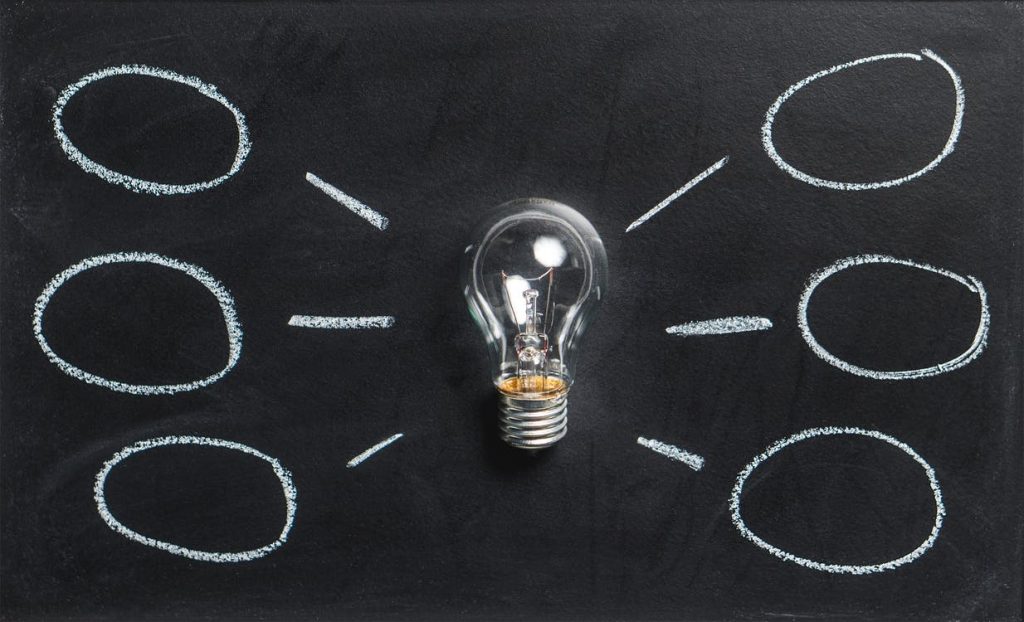
PATENT PROTECTION IN MYANMAR
On March 11 2019, the Union Parliament of Myanmar had enacted the first specialized patent law in the country’s history under the name “Pyidaungsu Hluttaw Law No.7/2019”. Whilst the new Trade Mark Law was passed on January 30, 2019, is expected to come into force this year, the new Patent Law is currently still pending and will come into operation only upon notification from the president of Myanmar.
The new patent regime is welcome news for both corporations and aspiring inventors. Traditionally, businesses in Myanmar have relied on colonial-era laws to protect their intellectual property. Patent rights were recognised by the Myanmar Registration Office upon receipt of a Declaration of Ownership of Patent based on a granted corresponding patent. It is also incumbent on the patent proprietor to publish a notice in a local newspaper every three years to assert ownership of their patent. The absence of an official framework for patent registration has imposed difficulties for patent owners when it comes to protecting their inventions and enforcing their rights against infringers in Myanmar.
Under the new Patent Law, a Myanmar Intellectual Property Office comprising a Registrar, a Department and Examiners will be established under the Ministry of Commerce to administer patent registrations under a first-to-file system. Further, the law will be administered by the Directorate of Patents of the Intellectual Property Office, to be established under the Ministry of Commerce, and implementing regulations will be issued in due course.
OVERVIEW OF THE NEW LAW
The recognized requisite for patentability of an invention applies – novelty, inventive step and industrial applicability, although utility models do not have to fulfil the requirements for inventive step. Similar to other jurisdictions, discoveries, scientific theories, mathematical methods, systems and rules of doing business, the performance of mental acts and playing games, and computer programs will not be patentable in Myanmar. In addition, methods for treatment of the human and animal body and such diagnostic techniques; inventions related to naturally-occurring substances and their new uses are also excluded from patentability.
Pharmaceutical products are exempt from protection until 1 January 2033 whereas chemical products for agricultural uses, food products and microbiological products are exempt from protection until 1 July 2021. These exceptions were made in accordance with the transitional extended period to exempt certain inventions under the Agreement on Trade-Related Aspects of Intellectual Property Rights (“TRIPs Agreement”) for least-developed country members.
The law contains provisions addressing compulsory licenses to be issued by the Directorate of Patents, and also makes the recordation of patent licenses mandatory. Further, the new law stipulates a national security clearance procedure, requiring applicants and inventors residing in Myanmar to obtain written authorization from the Directorate of Patents before applying for patents outside of Myanmar.
Priority under the Patent Cooperation Treaty or the Paris Convention can be claimed in Myanmar within one year from the date of the initial application. Unless a request for early publication is submitted, applications are published 18 months after the date of application, whereas requests for substantive examination must be submitted within 36 months from the date of application. If official actions are issued by the Directorate of Patents, responses must be filed within 60 days.
The new Patent Law provides protection for both patents with a protection term of 20 years and utility models with a term of 10 years. It takes about 5 to 8 weeks for an application to be granted from its lodging date.
Patent infringement claims can be filed at the specialized Intellectual Property Court, which will be established by the Supreme Court of the Union via powers conferred under the law. Criminal penalties include imprisonment of up to a year, a fine not exceeding MMK 2,000,000 (approximately RM5,500) or both.
PATENT APPLICATION PROCEDURES UNDER THE NEW LAW
Patent applications can be filed in either English or Burmese, with a submission of a certified translation as directed by the Registrar. Applications should contain:
- The request for grant of a patent;
- The applicants’ names, nationalities or countries of incorporation, and addresses;
- The inventors’ names, nationalities, and addresses;
- The representative or agent’s name, national registration card number, and address;
- Patent specifications and drawings;
- One or more patent claims;
- Priority documents, if applicable; and
- The request for early publication, if applicable.
If an application made by joint applicants is executed by only one of the applicants, a written agreement evidencing the approval or all applicants must also be submitted. A disclosure statement on the origin of genetic resources and prior informed consent of the use of traditional knowledge in the claimed inventions must also be submitted if appropriate. The Directorate of patents and the Intellectual Property Office may stipulate additional required documents and information from time to time.
PROSPECT
Once this new law is implemented, the suite of patent laws will pave the way for the creation of a structured and comprehensive patent regime, bringing Myanmar into greater alignment with international standard and legal frameworks. As with the recently enacted Trademark Law and Industrial Design Law, new applications under the Patent Law are not yet accepted. Any individual and/or corporation are patiently waiting for the day they can register their intellectual property in Myanmar or other ASEAN countries to protect their Myanmar patent, 马来西亚 patent, 文莱 patent, 新加坡 patent, etc.
We, Pintas Group, are your optimum selection to go for any intellectual property registration (including but not limited to patent registration, trademark registration, etc) or any IP services in ASEAN country.
